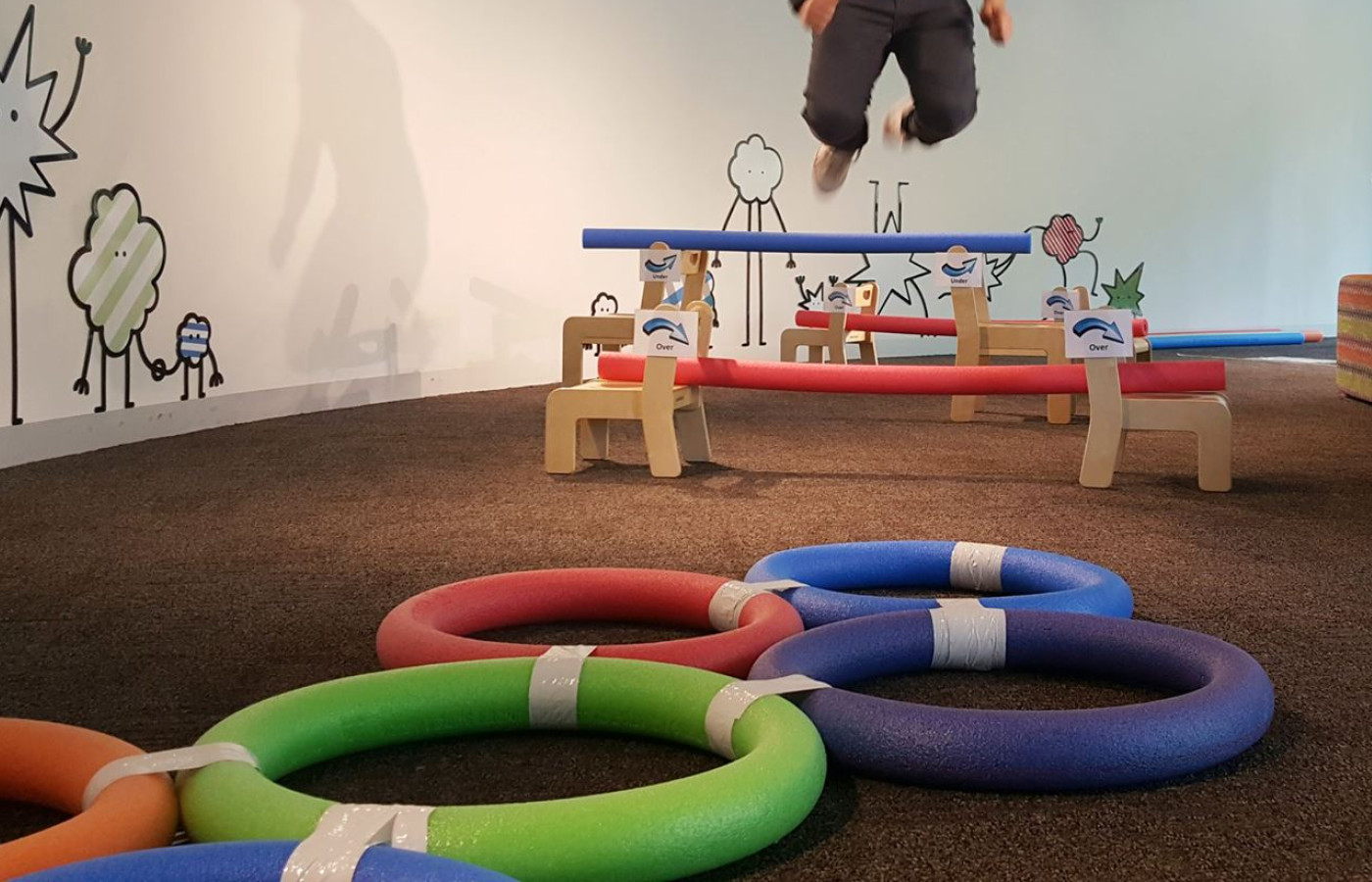Hopscotch

Hopscotch
Making Hopscotch circles using rope
Materials Required
- Rope
- Use If you don't have rope you can use string, hoops, a hose, pool noodles - something that will make circles.
Play experience profile
-
Age:
-
Min Playtime15 - 30 Minutes
-
Skills
-
Energy LevelActive play
-
Messiness Rating
-
EYLF Outcomes
Play Experience Preparation
Find your rope, hoops or whatever you are using - Make circles for children to jump into - approx. 40cm wide to give children room to land in the middle. -Experience Steps
- Make your Hopscotch course.
- Practice jumping first before you get on the course.
- You try the course first to show your child what to do.
- Try making a small course first- about 3 rows- one circle, two circles above this and then one at the top.
- Once your child is confident with this add more circles to make it more challenging.

What to talk about, or questions to ask during the experience
- Show me how you jump?
- Can you jump forwards?
- Can you jump like me with two feet apart?
- You can do it!
- That's great jumping, look at you!
- Try again, I will help you
- Look at your muscles working hard.
- How high can you jump?
Build on this...
- If your child finds this easy you could make the circles a bit smaller or further apart to add extra challenge.
- You could also see if they can hop in the single circles and jump in the double circles.
WHO guidelines for physical activity and sedentary behaviour
Provide evidence-based public health recommendations for children, adolescents and adults on physical activity.
Learn more
Provide evidence-based public health recommendations for children, adolescents and adults on physical activity. Learn more
Jumping is being physically active.
EYLF Outcomes
The Early Years Learning Framework has been designed for use by early childhood educators working in partnership with families, children’s first and most influential educators.
View PDF
The Early Years Learning Framework has been designed for use by early childhood educators working in partnership with families, children’s first and most influential educators. View PDF
- Children take increasing responsibility for their own health and physical wellbeing
- Children develop dispositions for learning such as curiosity, cooperation, confidence, creativity, commitment, enthusiasm, persistence, imagination and reflexivity
EYLF Practice
Practice: Intentional teaching. Intentional teaching is deliberate, purposeful and thoughtful. They use strategies such as modelling and demonstrating, open questioning, speculating, explaining, engaging in shared thinking and problem solving to extend children’s thinking and learning.
Author:


